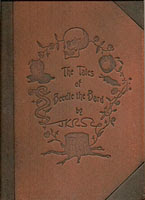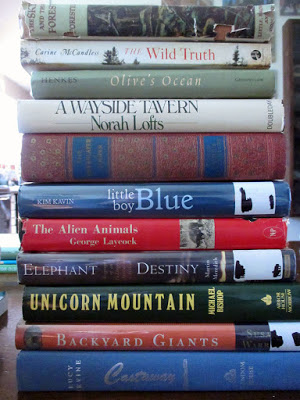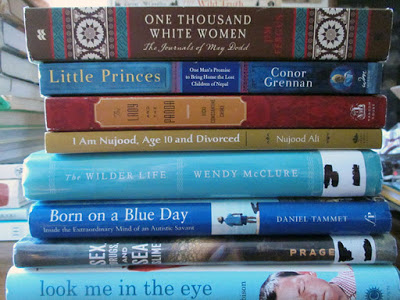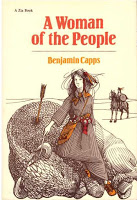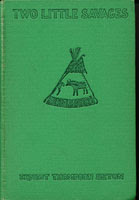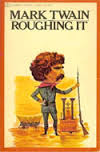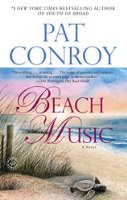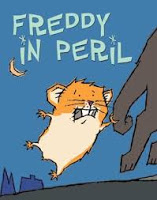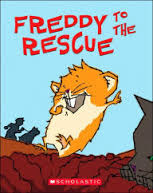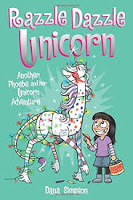by J.K. Rowling
In the Harry Potter series (which I have not read in over a decade now- wow, it feels like a long time ago) most young witches and wizards are familiar with the tales of Beedle the Bard- moralistic fairy tales of the magical world. I was pleasantly surprised how much I enjoyed this little book. It adds something to the backstory and worldbuilding. The short stories feel like authentic fairy tales, and the \”commentary\” by Albus Dumbledore adds another level of meaning. Sure I would have picked up on those subtle lessons about magic/nonmagical relations, greed, kindness, common sense, etc but it\’s fun to read the extra explanations. Particularly amusing were the many instances Dumbledore pointed out how the stories fictionalized magical abilities, or how non-magical people would misunderstand them. Gave historical context from the wizarding world, and tied them into \”current\” politics and events, with some side notes remarking on his contemporaries, students, and a particular witch who \’dumbed down\’ the stories to make them more palatable (ie saccharine) for wizard children. Some of it has to be taken in context with the Potter stories, but a lot is standalone.
I guess I ought to tell you what the stories are! Everyone who\’s read the series (or seen the films) will recognize the final tale of three brothers who try to cheat Death. There\’s also a story about an unpleasant young wizard who is forcibly taught lessons of compassion by a magical pot his father leaves him, a tale of three witches and an awkward knight who strive to reach a magical fountain- overcoming obstacles reflective of their true characters along the way. A wizard who scorns women at a young age and uses magic to safeguard his heart, but his plan backfires. This story has shockingly gruesome ending- it reminds you of how unpleasant and brutal the original Grimm\’s and Perrault fairy tales are. Not a pretty story… I think the one that amused me most was the tale of Babbity Rabbity- it\’s about a foolish king who wants to learn magic and a charlatan pretends to teach him- trying to blackmail a local witch who is a washerwoman into helping when things go awry- but she has the last laugh in the end.
Borrowed from the public library.
Rating: 3/5 112 pages, 2007
more opinions:
Book Maven\’s Blog
The Literary Omnivore
Books, Time and Silence
Write Meg
